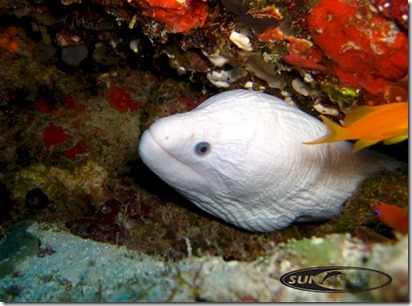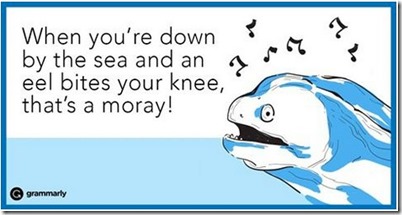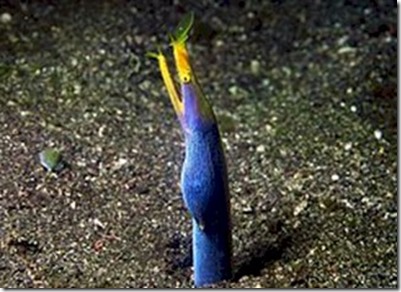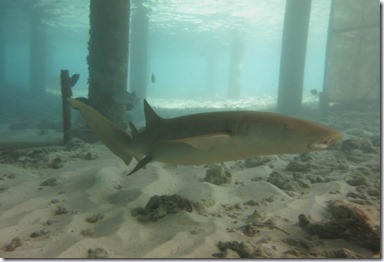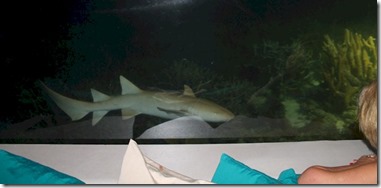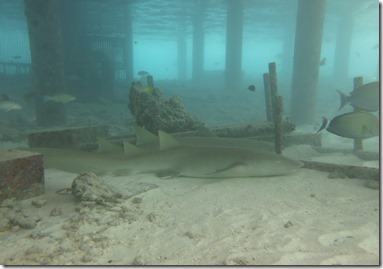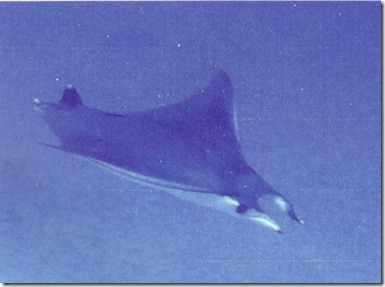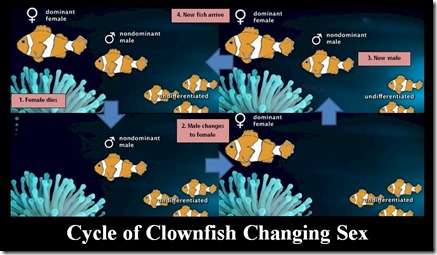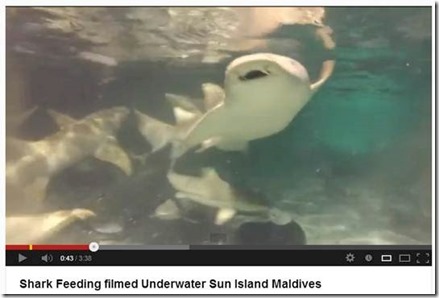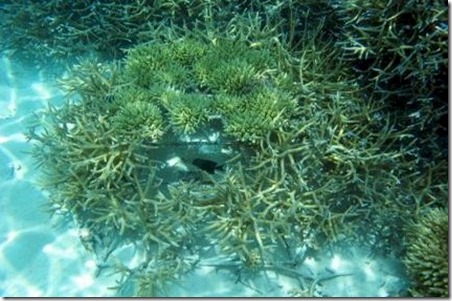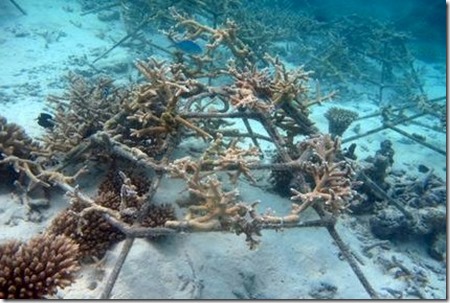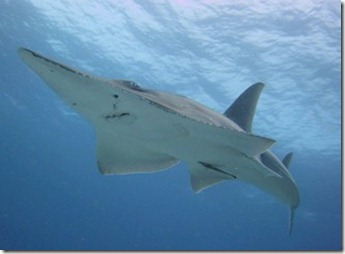Q: What is the best way increase the odds of sea turtle hatchlings surviving?
A: Put them in nurseries to help them grow stronger?
Q: Buzzzzzz! Nope. The fairly common practice of collecting hatchlings and protecting them by nurturing them in special nursery pools turns out to cause long term problems for the turtles.
World Turtle Day today is the opportunity “to bring attention to, and increase knowledge of and respect for, turtles and tortoises, and encourage human action to help them survive and thrive”. Most people know about the dangers of plastic refuse to turtles (they get caught in six-pack rings and mistake plastic bags for jelly fish which they try to eat). But even those keen to help the critters are less aware of the issues with well-intended turtle nurseries.
The nursery misconception stems from the “numbers game”. As Marine Biologists Tess Moriarty and Dee Bello (who kindly provided most of the research for this piece) from Velaa resort (THE Turtle resort – “Velaa” means “Turtle” in Dhivehi) describes, “For turtles it is always a numbers game, they have many threats to their survival and it is commonly known that many do not make it to adulthood.” The concept of nurseries is to allow the hatchlings to grow to a more significant size where much fewer predators would be able to manage eating them.
Unfortunately, turtle nurseries have a number of problems for the turtles they are trying to help…
- Predator Dangers – Turtles may evade predators when small, but then don’t learn to and how to avoid them later in life which keeps them vulnerable.
- Diet – Nursery turtles don’t get to eat the staples of the normal ocean diet like jellyfish or sargassum.
- Orientation – One of the miracles of turtle procreation is how they instinctively head to the water’s edge on birth, but then also they come back to where they were born to nest s adults. Studies show that taking hatchlings on birth into nurseries disorients them and they don’t return to nest.
So what CAN be done to help these endangered little tykes? Dee offers up the following…
- Hatcheries: This technique is when the nests are relocated from where the female lays the eggs on the beach to a different location. This is used on beaches that have severe erosion or flooding problems and thus the nests would not survive, nests that are too close to the shore line and would get inundated and mostly on beaches where human poaching of eggs for food is abundant. This method actively saves many eggs and ensured they can develop and hatch, thus increasing the number of hatchlings making it to the sea.
- Fencing the nests: Shielding both the hatchery and on the beach deters humans from poaching eggs from the nests as they are under surveillance. It also ensures that there must be someone present to release the hatchlings into the sea when they emerge from the nest and thus predation from crabs and birds is greatly reduced.
- Protection laws: Creating laws that prohibit the killing or possessing turtle products it directly influences their populations. The protection of adult females laying eggs, poaching of the eggs on the beaches and the capturing of turtles in the sea, increases the amount of turtles and nests on the beaches.
Of course, all these measures are focused on the young turtles. But even when they get all grown up, they still could use our help in surviving (especially since human actions cause many of the adult hazards)…
- Turtle Exclusion Devices (TED). Turtles need to breath air in order to survive and unfortunately when they get trapped in nets they are unable to do so. This can be avoided using TED’s where turtles can escape the nets intended for fishing other fish.
- Research: Understanding where turtles migrate to (using advanced tools like satellite tracking), at what times and their feeding and breading patterns can help aim protection to make it more successful and increase awareness.
- Awareness: By spreading the word about the turtle population’s vulnerability, more people understand their situation and need to protect them. This awareness leads to leads to less poaching and donations that support more conservation projects.

